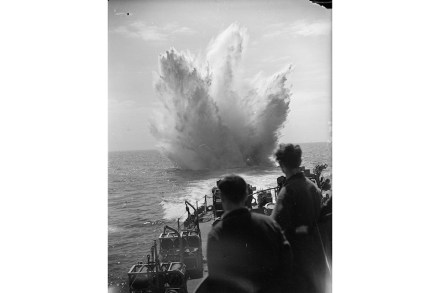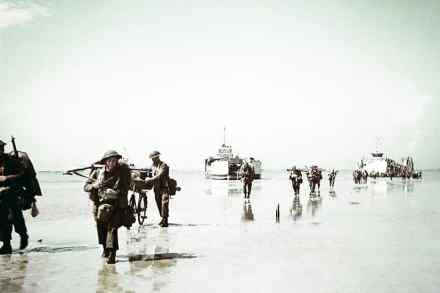Max Hastings Live: D-Day, Trial by Battle
32 min listen
Sam Leith’s guest for this week’s Book Club podcast is Max Hastings. Max joined Sam earlier this year for a live recording to discuss his new book Sword: D-Day, trial by battle, which tells the story of the individual stories who risked their lives as part of Operation Overlord. The discussion was arranged to mark the 80th anniversary of D-Day. On the podcast Max tells Sam about why he was drawn to chronicle war, why it is important to remember all victims and not just the ‘traditional heroes’, and whether there was an alternative to D-Day at the time. Plus, how serious a moment does he think we face today,




